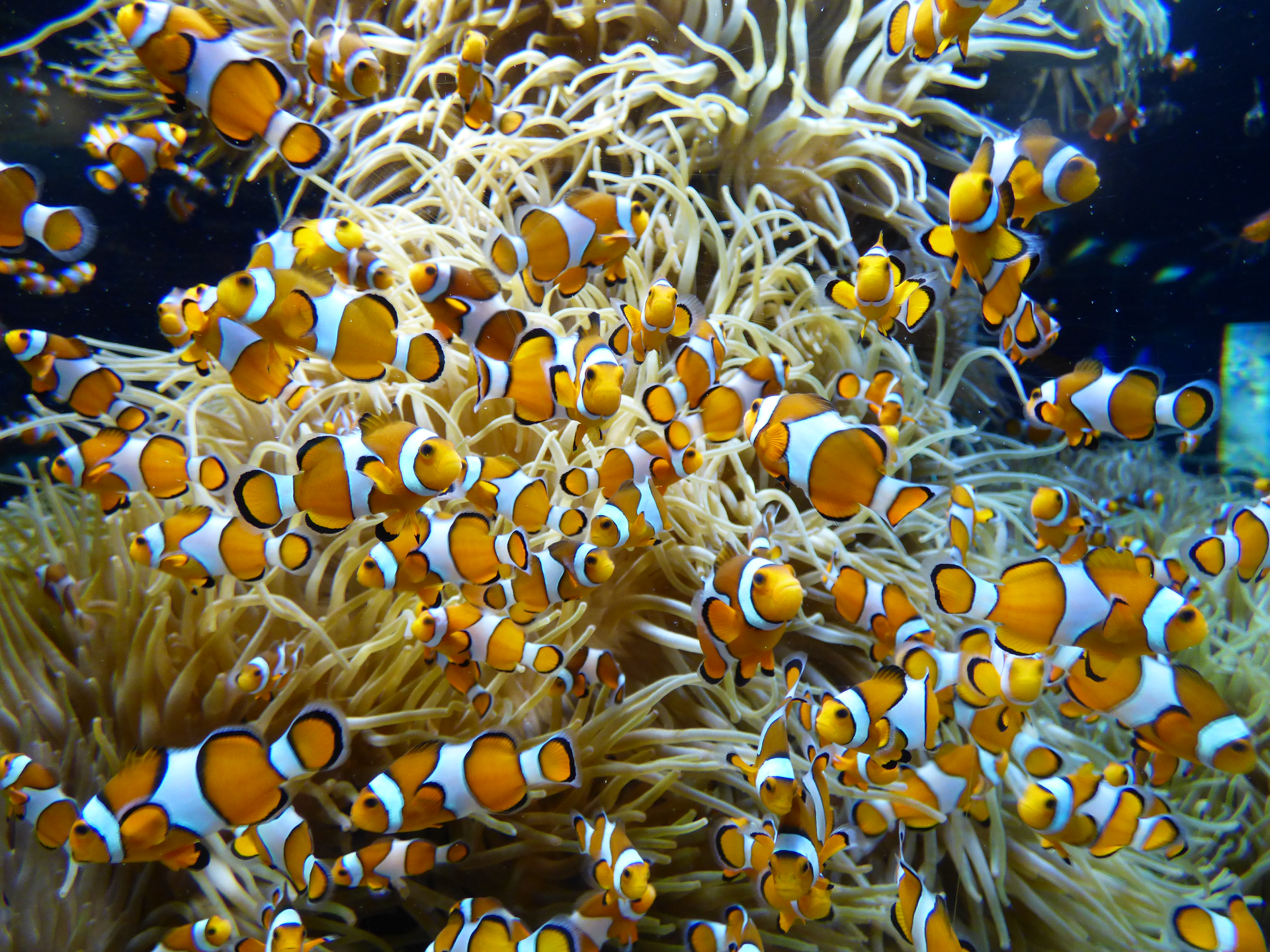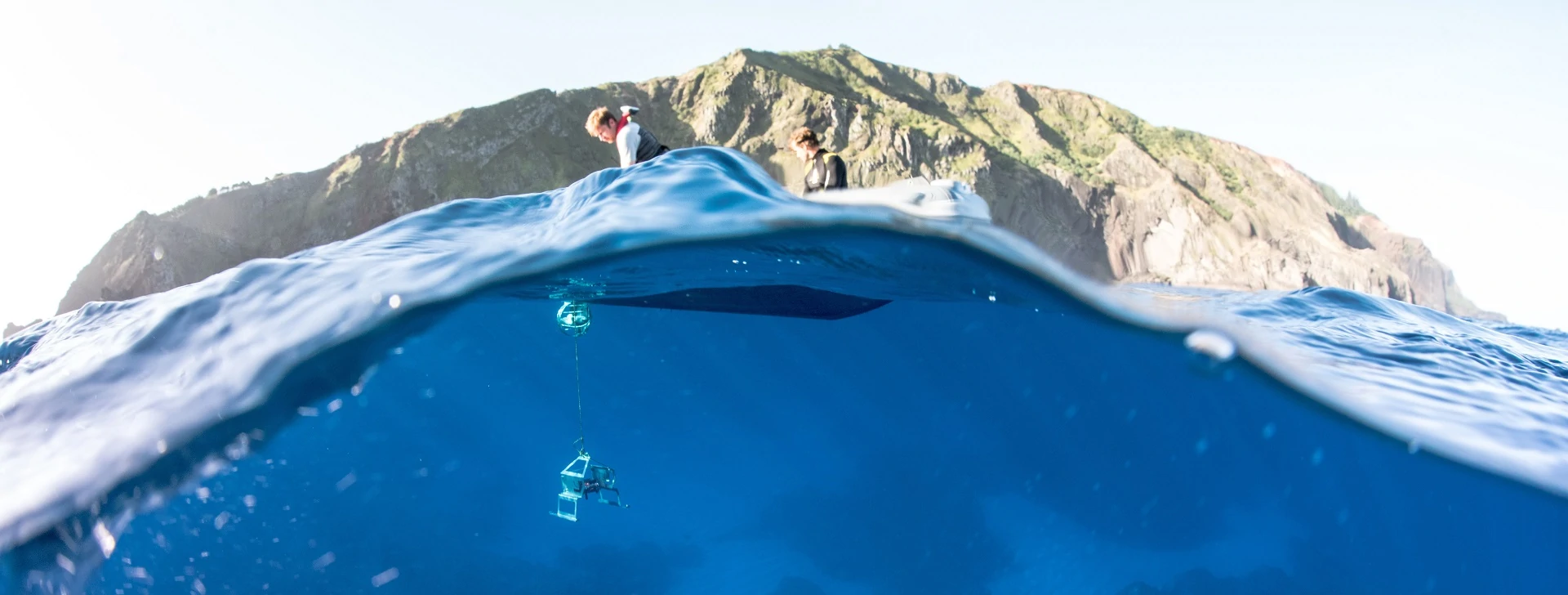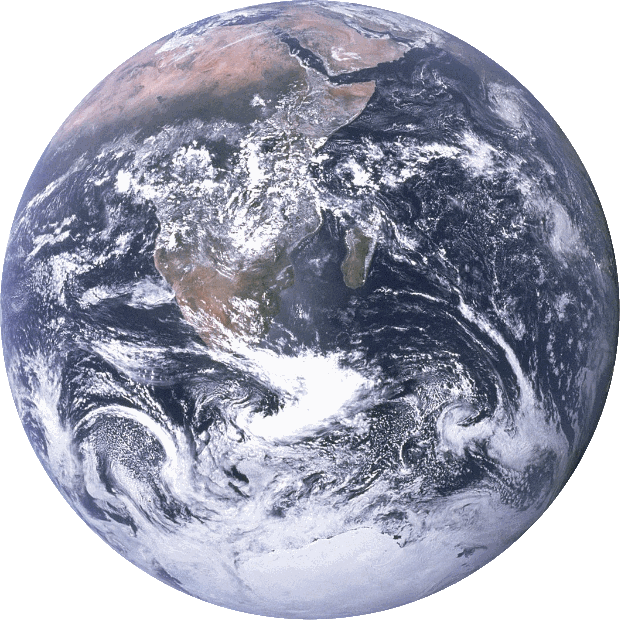DOI: 10.14466/CefasDataHub.145
Hyperspectral data of a submerged tarpaulin at Whitlingham Broad, UK, 2021
Description
Unmanned Aerial Vehicle (UAV) hyperspectral data collected on 19/08/2021, imagining an artificial 10x10m tarpaulin deployed in Whitlingham broad (Norwich, UK). This dataset was collected in a collaboration with Texo (https://www.texo.co.uk/) and Headwall (https://www.headwallphotonics.com/) using a visible-near infrared (VNIR) sensor (400 - 1000 nm). The purpose of the data collection was to better understand the attenuation of plastic spectral signature in the freshwater environment and the effect of water. The raw images were converted to radiance, using a factory-built radiometric calibration in Spectral View version 3.2 software. Consequently a “scene White Reference” was generated using a 56% white calibration panel. Consequently, radiance was converted into reflectance at a spectral resolution of 2.2 nm, resulting in 273 bands, with spectral range between 400 - 1000 nm. The images were orthorectified using a Digital Elevation Model (DEM) and the latitude and longitude associated with every image. This process generated Input GeoMetry, which was used for mosaicking and was exported as an ENVI (.hdr) file. The final orthorectified datacube has a ground sampling distance of ~1.9 cm. The processing of the datacube was conducted by Headwall.
Contributors
Arnott, James / Beccari, Francesco / Fronkova, Lenka / Brayne, Ralph P. / Cliffen, Martin / Ribeiro, Joseph
Subject
Analysis / Anthropogenic contamination / Freshwater / Human impacts
Start Date
19/08/2021
End Date
Year Published
2023
Version
1
Citation
Arnott et al (2023). Hyperspectral data of a submerged tarpaulin at Whitlingham Broad, UK, 2021. Cefas, UK. V1. doi: https://doi.org/10.14466/CefasDataHub.145
Rights List
DOI
10.14466/CefasDataHub.145


